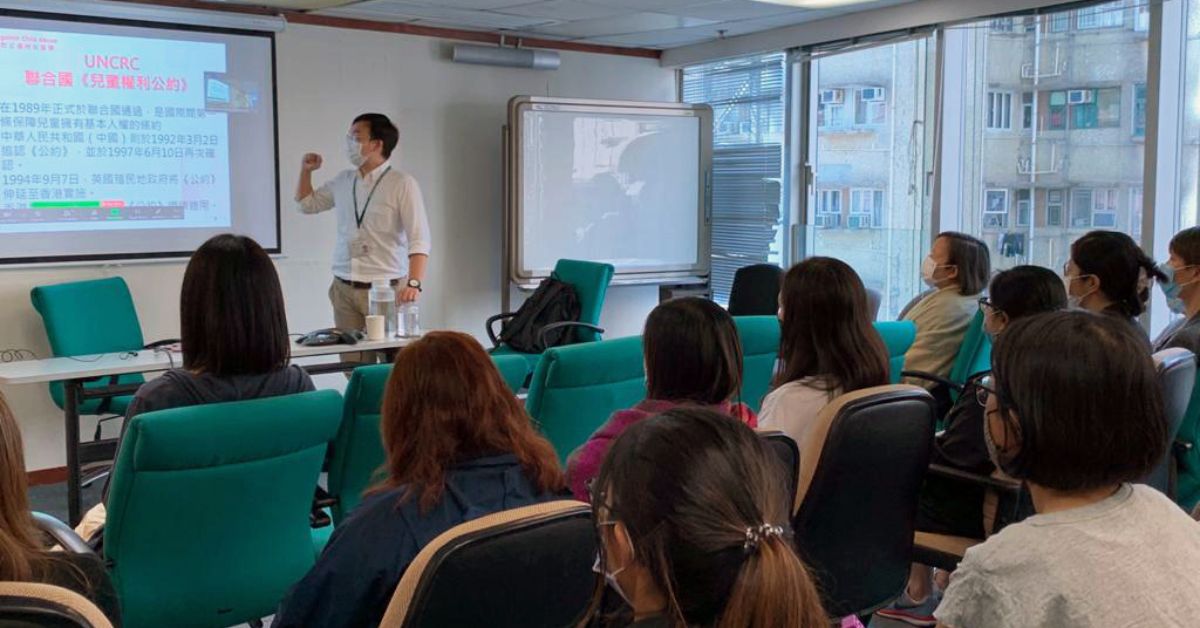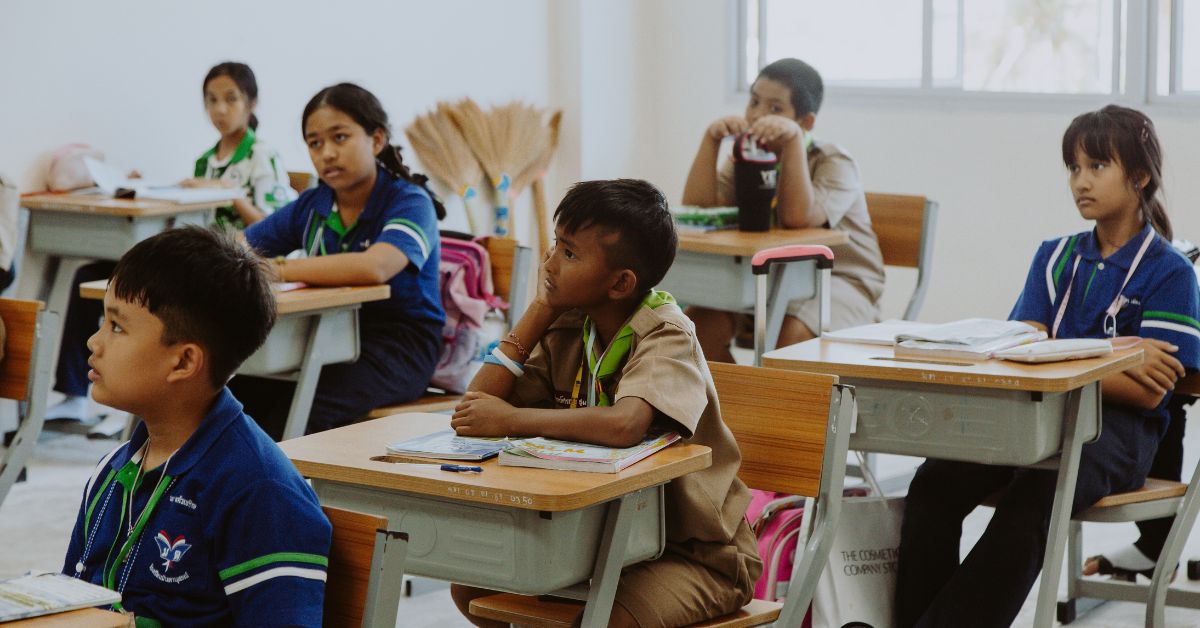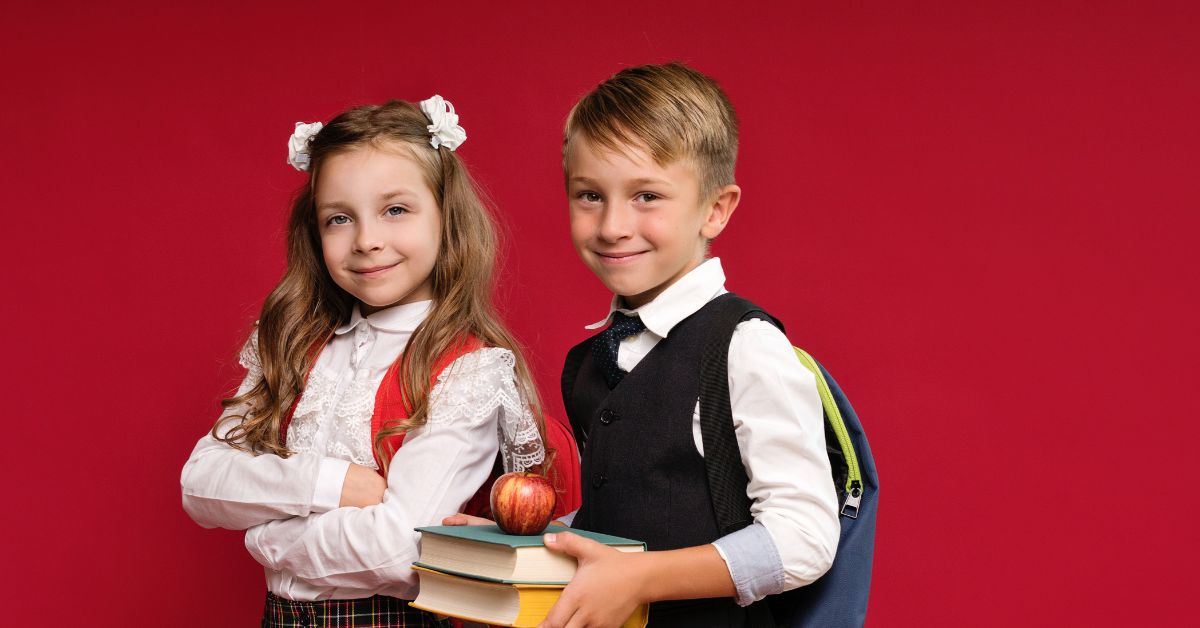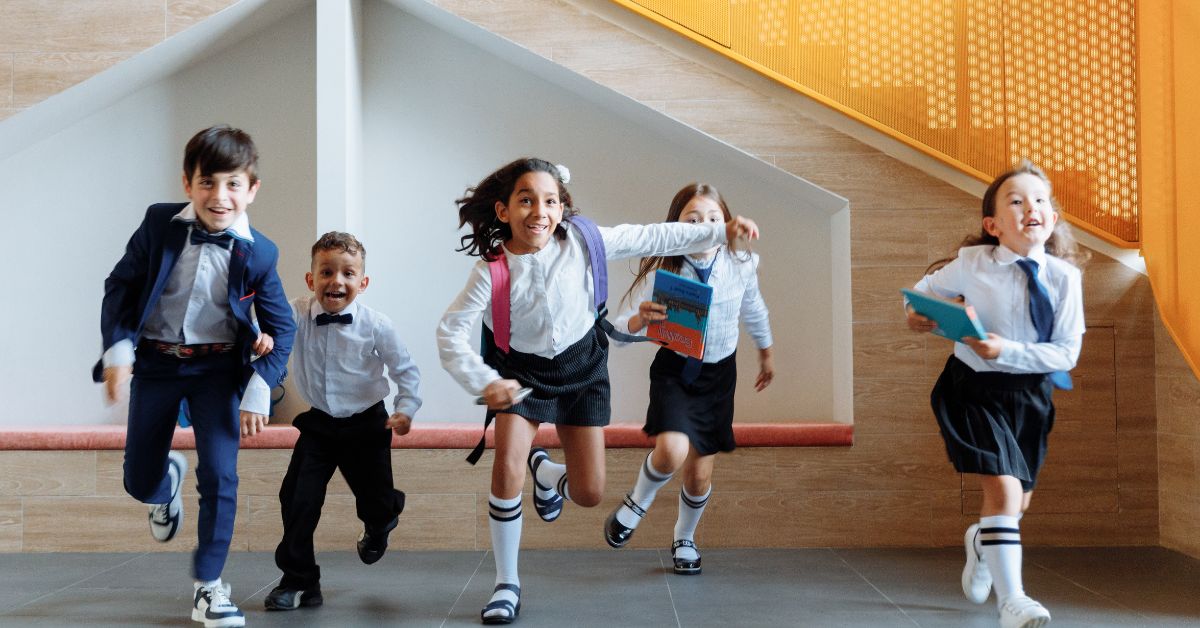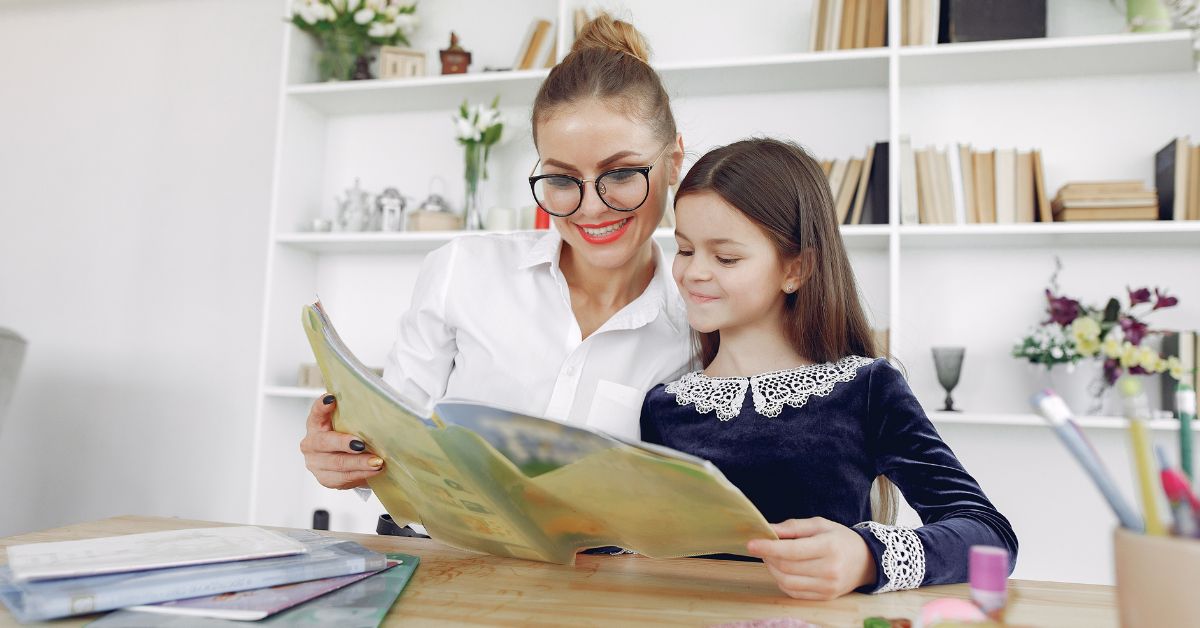Not long ago, a classroom meant four walls, a chalkboard, and rows of desks. Today, it might mean a student learning calculus from a tablet under a tree, attending a virtual science lab from another country, or collaborating with classmates through video calls and shared digital whiteboards.
Welcome to the era of digital classrooms, where location no longer limits learning—and education is evolving faster than ever.
This isn’t just about switching from textbooks to tablets. It’s about reimagining what learning can look like when technology, creativity, and access come together.
What Exactly Is a Digital Classroom?
A digital classroom is a tech-enabled learning space—physical or virtual—where students and teachers use digital tools to communicate, collaborate, and explore subjects in deeper, more interactive ways.
It includes elements like:
- Learning management systems (e.g., Google Classroom, Canvas)
- Virtual lessons and live video instruction
- Interactive simulations and digital labs
- AI-powered feedback and analytics
- Global collaboration through forums and video chats
In short, it’s a dynamic, flexible environment where technology enhances—not replaces—education.
Learning Without Walls: How Digital Classrooms Break Barriers
One of the most revolutionary aspects of digital classrooms is their ability to break physical and societal barriers:
Location? Doesn’t Matter
A student in a rural village can now attend the same coding class as a student in Silicon Valley.
Time? Flexible
With asynchronous lessons, students learn at their own pace—even outside traditional school hours.
Resources? Limitless
From virtual libraries to AI tutors, students have access to a world of knowledge at their fingertips.
“Digital classrooms level the playing field—giving every student a front-row seat to the world,” says EdTech leader Laila Simmons.
What a Day in a Digital Classroom Looks Like
Let’s break down a sample day in a modern digital classroom:
| Time | Activity |
|---|---|
| 8:00 AM | Log in to virtual homeroom for daily check-in |
| 8:30 AM | Watch a recorded physics lesson with pop quizzes |
| 10:00 AM | Join a live Zoom math discussion with classmates |
| 11:00 AM | Complete a virtual chemistry lab experiment |
| 1:00 PM | Work on a group project using Google Slides |
| 2:30 PM | AI chatbot gives feedback on writing assignment |
| 3:00 PM | Submit homework and reflect in digital journal |
The Benefits of Going Digital
Personalized Learning
Students can revisit material, use tools that match their learning style, and progress at their own speed.
Increased Engagement
Gamified lessons, multimedia content, and live collaboration make learning exciting—not just required.
Real-Time Feedback
Digital tools offer instant feedback, helping students correct mistakes and improve faster.
Life-Ready Skills
Digital classrooms teach essential 21st-century skills: digital literacy, communication, problem-solving, and time management.
But It’s Not Without Challenges
As promising as digital classrooms are, they come with a few hurdles:
- Digital Divide: Not all students have access to devices or strong internet
- Distraction Risk: At-home learning requires strong self-discipline
- Teacher Training: Educators need support to effectively integrate tech into teaching
- Screen Time Concerns: Balancing digital tools with offline learning is essential
Still, schools and governments are working hard to close these gaps with device programs, teacher training, and hybrid models.
The Human Side of Digital Learning
A common misconception is that digital learning is isolating. But in reality, digital classrooms can foster connection in new ways:
- Virtual breakout rooms for small group discussions
- Global classroom partnerships and language exchanges
- Real-time peer feedback through shared docs and apps
When designed thoughtfully, digital tools enhance—not replace—relationships.
Final Thoughts: A Classroom Without Limits
The rise of digital classrooms marks one of the most significant transformations in education history. It’s not about replacing teachers with screens—it’s about giving students more freedom, more access, and more agency in how they learn.
The walls are coming down. The limits are disappearing. And the classroom of tomorrow is already here—open to everyone, everywhere.

